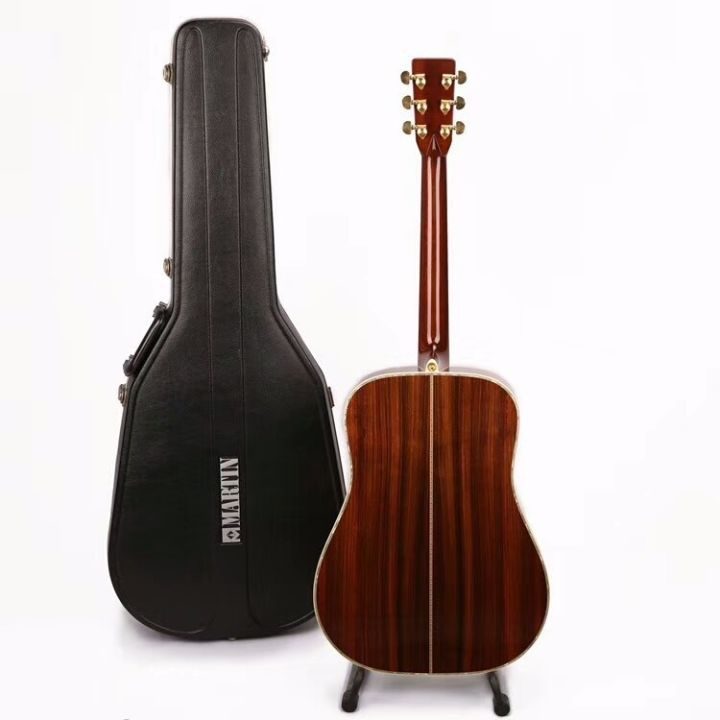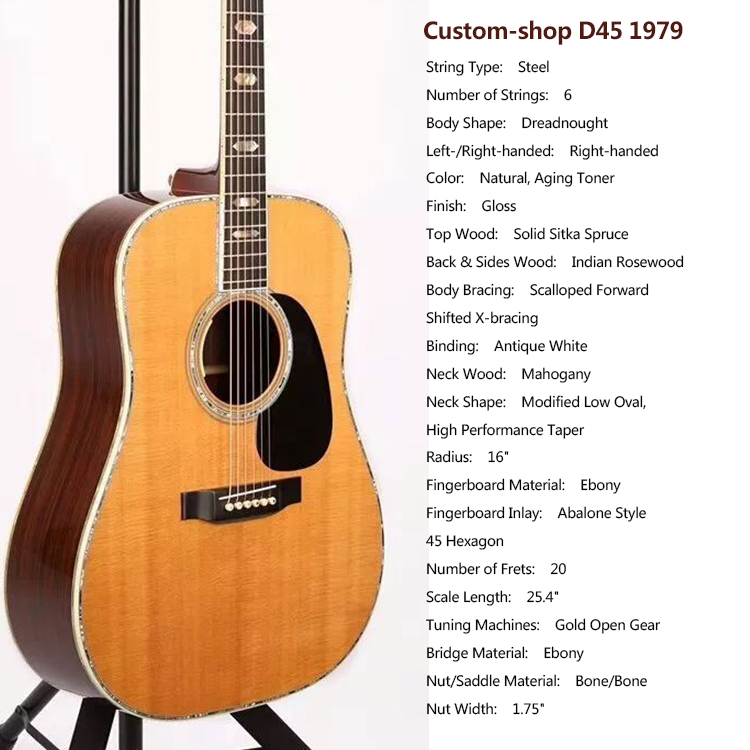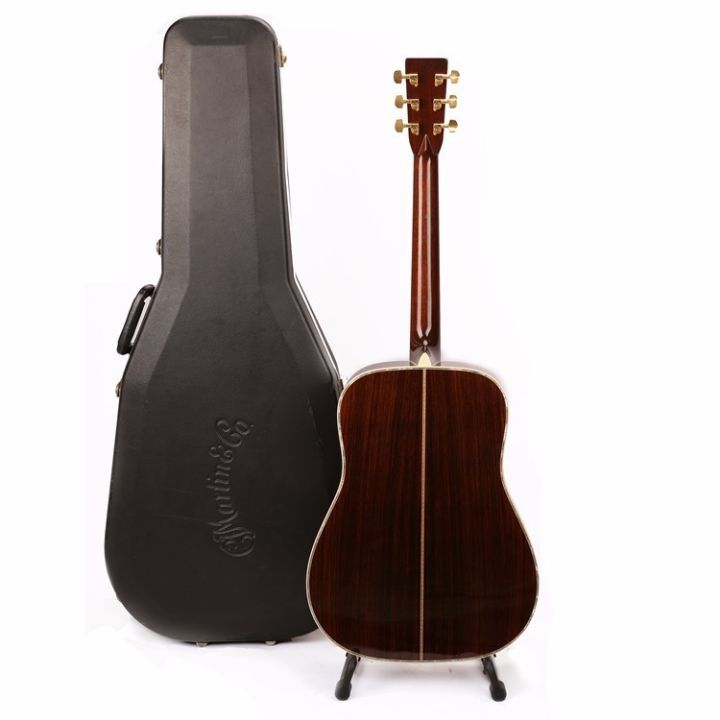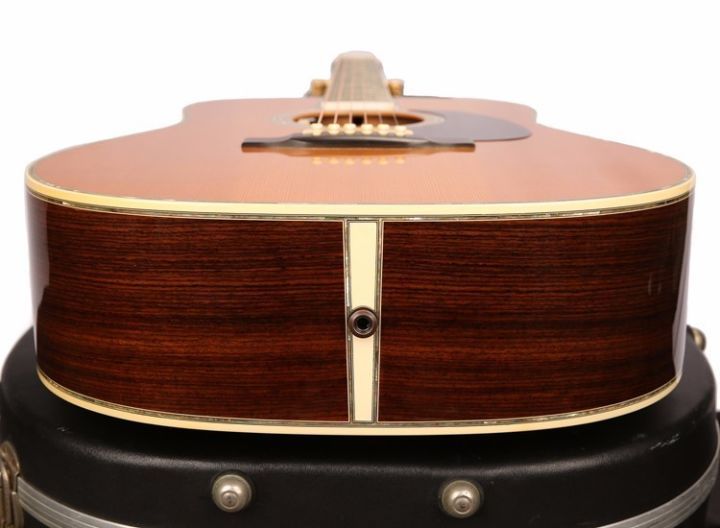
For over a century and a half, Martin Guitar has been awarded the “Best Instrument Company in the World” by the industry. Martin Fredrick Martin, the founder of Martin, opened this great legend in 1833. In the traditional family-style management model, the MARTIN guitar reflects the craftsmanship of six generations of Martin family guitars.

Martin Guitar has a long history and is the founder of modern guitar prototypes. Martin Guitars first studied the design of the X-shaped brace and the classic D-type. The birth of the famous Gibson guitar was also influenced by the Martin guitar.

The model of the Martin guitar is mostly expressed in Roman numerals or numbers. The series produced in 1850 is represented by the four numbers 3,2-1/2,2,1. In 1854, the size of the guitar began to unify. Added 0 and 5, 4, and 3 models, and in 1877, the 00 model appeared. It should be noted that the Martin O-type and D-type guitars are still different, and the two cannot be confused.

In 1916, after listening to the advice of a guitar shop owner Henry, Martin Guitar began to design a large body guitar for the singer. Because the guitar body was unprecedented, it coincided with the eve of the First World War, so it was named after the British H.M.S Dreadnought battleship. The Dreadnought guitar was first created by Martin in around 1920 and was followed by almost all guitar manufacturers.

It started with the ODM product that Martin designed and produced for Boston’s Ditson, and Martin’s D-series dreadnought was first introduced in 1932. The D-type guitar has become synonymous with guitar for a time, and the size of the body has become the industry standard for the production of acoustic guitars.

The D1 and D2 guitar were the predecessors of the later Martin D28 guitar. In the old D-28 model, there is a special treatment called “Hailinbo”. The interior of the edge of the body is specially decorated. In 1946, before and after the end of production of “Hailinbo”, the Martin D’28 appeared in the shape of a wood-like decoration, and the backboard and centerline decoration changed, which was welcomed by customers.

Among the Martin guitars, until 1969, the Brazilian rosewood was used as the material, the guitar with the model number above 28, and the guitar with the Indian rosewood after 1970, even between the same models. There are significant differences. Brazil – In order to protect the domestic wood processing industry, the export of logs is prohibited. Therefore, Martin, which originally relied on Brazilian logs, had to switch to Indian rosewood.

Among the Martin products, the Martin D’45 reproduced in 1968 and the Martin D’41 produced until 1969 were made of Brasilia rosewood. However, the production period is very short and the production is extremely limited (about 230 pieces for the D-45 and about 50 pieces for the Martin D-41). By 1969, Martin D-35, Martin D-28, Martin D-21, etc. were discontinued.

1995 Martin D-45 acoustic guitar – this is a wonderful instrument – huge bottom end with delicate highs. A commanding guitar both to play and just look at! Setup beautifully and extremely good condition. No cracks and nothing more than minute surface marks in a few areas. A rare and lovely guitar for the discerning player. Features a double bound body with a spruce top, rosewood back and sides, and a mahogany neck. Fine appointments include abalone trim on top, back, and sides, abalone hexagon fingerboard inlays, rosewood headstock overlay with block C.F. Martin inlay, and Gold Martin modern tuners.
